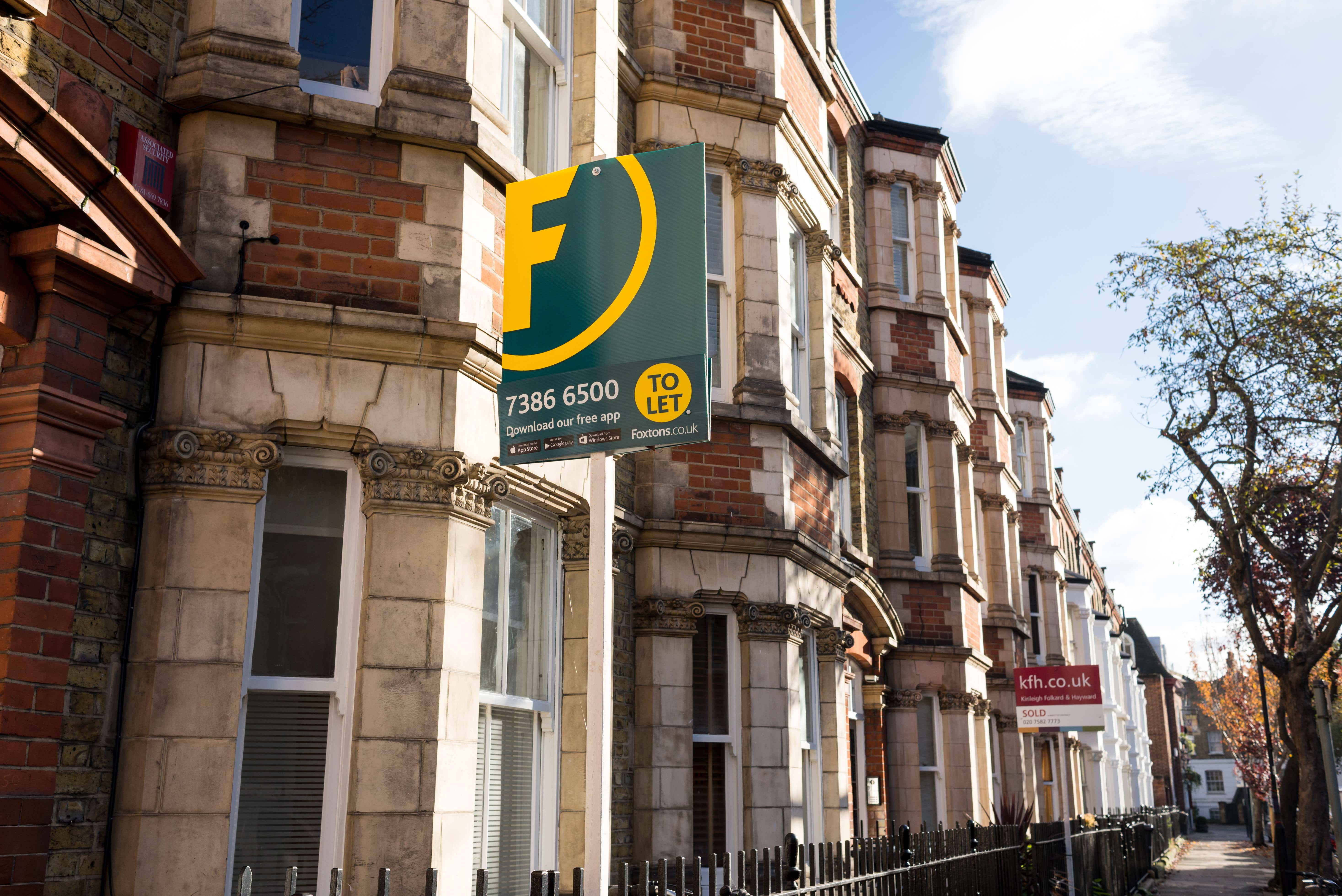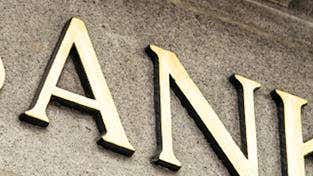- Uswitch.com>
- Mortgage guides>
- Remortgage To Buy-To-Let In 2024
How can you remortgage to buy-to-let?
If you’re looking to invest in rental property, remortgaging to buy-to-let could be a viable path. Depending on the level of equity held in your existing property, it could be used to raise enough cash for a deposit or possibly even used to buy an investment property outright. While remortgaging can be a great way to release equity, there are many significant factors to consider before deciding if this is the right choice for you.

Compare mortgages with Uswitch
Find the mortgage that's right for you
How can you remortgage to buy-to-let?
If you’re looking to purchase a buy-to-let property, you'll typically need at least a 25% deposit. As this can be difficult to pull together, many people look at remortgaging an existing property to aid them.
This way, whether you remortgage your own personal home, or another investment property, the equity held can be used as the deposit for your new purchase.
Equity is the difference between the value of the property and how much you owe on the mortgage. For example, if you have £100,000 left to repay on your mortgage, and your property is worth £250,000, your equity is £150,000.
When you remortgage, you switch your current mortgage to a new deal – which could be with a new provider or the same one you’re currently with.
The new mortgage is used to repay your existing mortgage, and you can release the equity, essentially re-borrowing the money that you have already repaid - as well as any natural gain from a rise in property prices.
So, how do you get the best buy-to-let mortgage rates? If you have a very large level of equity it may be possible to use that to buy an entire investment property, but in most cases, it will be used as a deposit for a new buy-to-let mortgage deal.
How much can you borrow?
Aside from your personal financial circumstances, the amount you can borrow when you remortgage to release equity depends almost entirely on how much equity you have in the property.
Each lender will also have a maximum LTV (loan to value) for their borrowing, and as increasing your borrowing will reduce the equity and therefore increase the LTV of your borrowing, it’s likely to be limited at around 75% of the property value. That said, there are some lenders that will lend a slightly higher LTV for this purpose.
It’s also important to note that if you’re remortgaging to release equity that is to be used for business purposes, i.e a buy-to-let purchase, not all lenders will allow you to use your personal home for this reason. For example, NatWest would not allow equity to be released from a residential home for commercial purposes, whereas Halifax would.
“With fixed-rate mortgage rates having risen quite significantly in recent months, we’re seeing more buy-to-let investors taking their chances on a variable rate mortgage or on shorter term fixed-rate deals. This is usually because they have the flexibility to sell the property if rates continue to rise in the future.”
Ron Ogbue, Mortgage Expert at Mojo Mortgages
How to access your equity for a buy-to-let property
Selling your home
The most obvious way to access equity is through a remortgage deal, but it can be simpler to sell your property and downsize to a cheaper home.
Any profits from the sale of your home that are not used to buy the downsized property can then be used as a deposit on a buy-to-let property. If your home was very valuable, you may even be able to purchase the buy-to-let outright with it.
Remortgaging to release equity from your home
It’s less likely that you will be able to purchase a new property outright by remortgaging to release equity from your own home, unless it is very high value and you hold a lot of equity.
In most cases, however, the equity held can be used as a deposit for a new buy-to-let property mortgage. When you remortgage, you will increase the loan size to repay your existing loan and borrow the additional money for the buy-to-let deposit based on how much equity you have available.
The key to making this work is ensuring that the rental income on your new property covers the extra cost of your new, larger mortgage, as well as the repayments on the buy-to-let mortgage deal.
Remortgaging to release equity from a Buy-to-let
It’s fairly common for portfolio landlords to remortgage their existing investment properties to purchase an additional buy-to-let property, expanding their portfolio. Of course, this is also less risky, as you’re not using your own home as collateral.
Of course, the common issue here is that buy-to-let properties are generally lower value than personal residential properties, which means that you may have less equity to release.
Some investors find that a portfolio mortgage, which consolidates all your buy-to-let properties onto one mortgage, helps them to manage their finances. When you take out a portfolio mortgage deal, it’s possible to release equity at the same time.
Factors that affect your buy-to-let remortgage
As you will be borrowing more money when you release equity, your lender will need to reassess you in the same way as they did when you took out the original mortgage, to ensure you can cover the repayments.
They will look at the following:
Your income
How much equity you have in your current property
Your credit score
How much your buy-to-let mortgage repayments will be - assuming you’re only borrowing enough for the deposit
If you have existing buy-to-let properties, they will look at how many you have, what their value is and how much you owe on them
Bear in mind that in order to buy a new investment property you will need to fulfil the criteria of a buy-to-let mortgage, as well as the remortgage, unless you’ve used the equity to buy it outright.
Should you remortgage for a buy-to-let property?
Whether this is the right option for you will depend on your individual circumstances. While this can certainly make it possible to finance a buy-to-let mortgage that you may not be able to afford otherwise, there are benefits and drawbacks to every form of borrowing.
For example:
You may need to pay ERCs (early repayment charges) on your existing mortgage to leave the deal if you are within a fixed period of any type. These fees apply to most mortgages, unless you’re on your lender's SVR (standard variable rate).
You may not have enough equity in your existing property to finance the buy-to-let property, depending on its current value
Unless you are using the equity released from remortgaging to buy an investment property outright, you will have to repay two mortgages, as you will also have to take out a buy-to-let mortgage
If you borrow more against your existing equity, you could be faced with higher interest rates on your original mortgage - as the more equity you leave in your home, the cheaper the mortgage rates available to you



